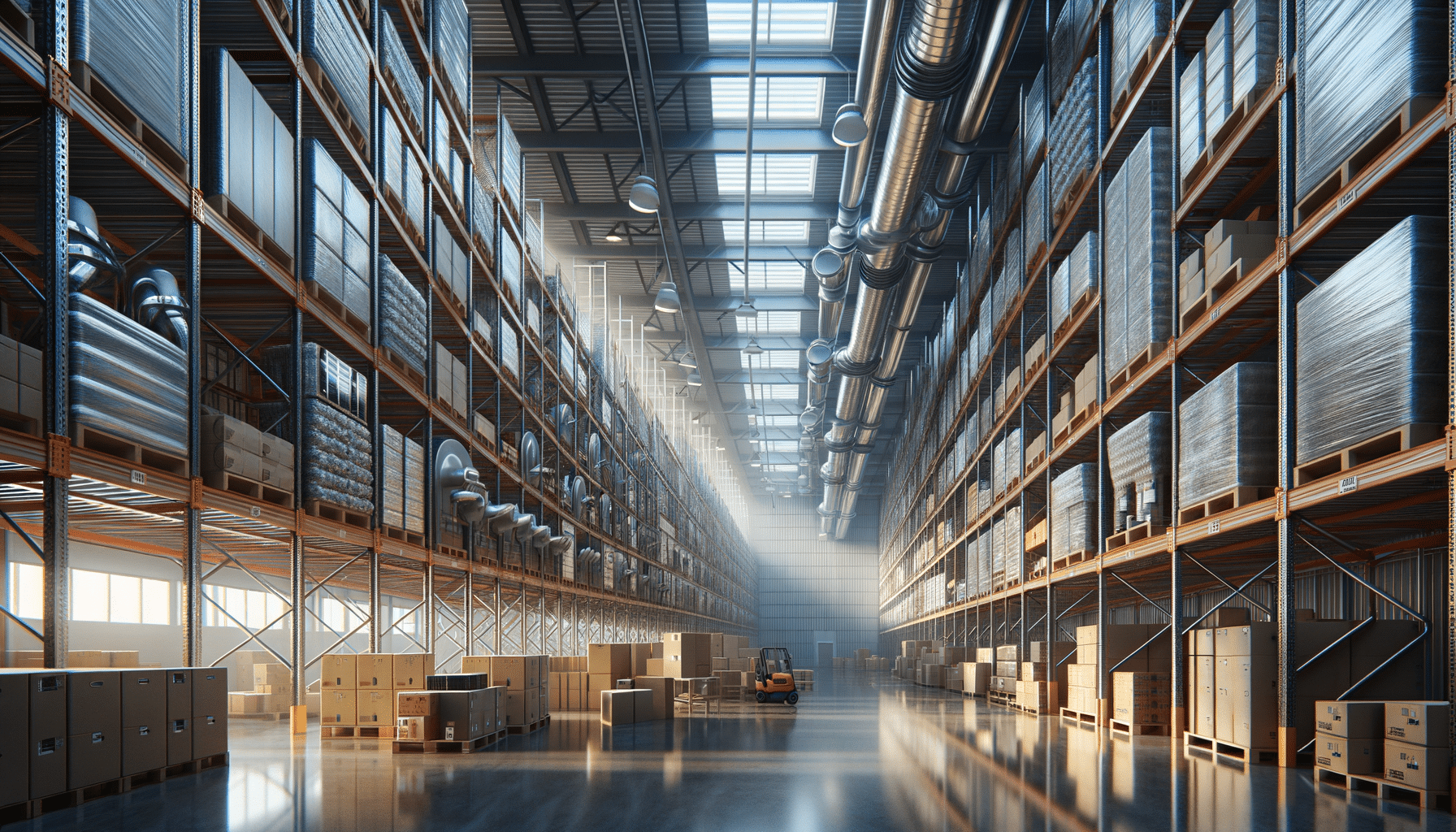
Warehouse Climate Management: Keeping Temperature and Humidity in Check
The Importance of Climate Control in Warehouses
Warehouses play a vital role in the supply chain, serving as storage hubs for a wide array of goods. However, the effectiveness of a warehouse is significantly influenced by its climate management. Proper climate control is essential for maintaining product integrity, ensuring worker safety, and optimizing operational efficiency. By managing temperature and humidity effectively, businesses can prevent product damage, reduce spoilage, and comply with industry standards.
Products stored in warehouses can be highly sensitive to environmental conditions. For instance, electronics are prone to damage from high humidity, while food products can spoil if not kept at specific temperatures. The challenge lies in the diverse nature of items stored, each with its own climate requirements. Therefore, a one-size-fits-all approach does not suffice, necessitating tailored climate control solutions.
Moreover, worker comfort is another critical consideration. Extreme temperatures can lead to reduced productivity and increase the risk of accidents. Maintaining a stable climate not only protects goods but also ensures a safe and comfortable environment for workers, ultimately contributing to higher efficiency and satisfaction.
Technologies for Temperature and Humidity Control
Advancements in technology have made it easier than ever to manage warehouse climates. Modern climate control systems offer precise regulation of temperature and humidity, ensuring optimal conditions tailored to specific storage needs. These systems often integrate sensors and automation to maintain consistent environments, reducing the need for manual intervention.
One such technology is the use of HVAC systems, which are designed to handle large spaces like warehouses. These systems can be programmed to maintain specific temperature ranges, adapting to external weather conditions. Additionally, dehumidifiers play a crucial role in controlling moisture levels, particularly in regions with high humidity.
Another innovative approach involves the use of IoT devices, which provide real-time data on climate conditions. These devices can be linked to central management systems, allowing for remote monitoring and adjustments. The integration of these technologies not only enhances climate control but also aids in predictive maintenance, identifying potential issues before they escalate.
Efficient climate management systems are a worthwhile investment, offering long-term savings by reducing energy consumption and minimizing product loss. As technology continues to evolve, the future of warehouse climate management looks promising, with more sophisticated solutions on the horizon.
Implementing Climate Management Strategies
Implementing effective climate management strategies requires a comprehensive understanding of the warehouse environment and the specific needs of stored products. A strategic approach involves several steps, starting with a thorough assessment of the warehouse’s current climate control capabilities.
One key strategy is zoning, which involves dividing the warehouse into different sections, each with its own climate control requirements. This approach allows for more precise management, catering to the specific needs of different products. For instance, perishable goods can be stored in cooler zones, while non-sensitive items can be kept in less controlled areas.
Insulation is another crucial factor in climate management. Proper insulation helps maintain stable temperatures, reducing the impact of external weather changes. It also aids in energy efficiency, as less energy is required to maintain desired conditions.
Regular maintenance of climate control systems is essential to ensure they function optimally. Scheduled inspections and servicing can prevent system failures, ensuring consistent performance. Additionally, employee training on climate management practices can enhance overall effectiveness, promoting a culture of awareness and responsibility.
Challenges in Warehouse Climate Management
Despite the advantages, managing warehouse climates comes with its own set of challenges. One major hurdle is the cost associated with implementing advanced climate control systems. While these systems offer significant benefits, the initial investment can be substantial, posing a barrier for smaller businesses.
Another challenge is the variability of external environmental conditions. Warehouses located in regions with extreme weather face difficulties in maintaining stable internal climates. This requires robust systems capable of handling wide temperature and humidity fluctuations.
Additionally, the diversity of products stored can complicate climate management. Different products have varying climate requirements, making it challenging to create a uniform environment. This necessitates a flexible approach, often involving multiple systems working in tandem.
Despite these challenges, the benefits of effective climate management far outweigh the difficulties. By investing in the right technologies and strategies, businesses can ensure the protection of their inventory, enhance worker safety, and improve overall operational efficiency.
Future Trends in Warehouse Climate Management
The future of warehouse climate management is poised for exciting developments, driven by technological advancements and increasing demand for sustainable solutions. One emerging trend is the integration of artificial intelligence (AI) in climate control systems. AI can analyze vast amounts of data to optimize climate settings, predicting changes and adjusting conditions automatically.
Another trend is the shift towards sustainable practices, with a focus on reducing energy consumption and minimizing environmental impact. This includes the use of renewable energy sources, such as solar panels, to power climate control systems. Additionally, advancements in insulation materials and construction techniques are contributing to more energy-efficient warehouses.
The rise of smart warehouses is also transforming climate management. These facilities leverage IoT and AI to create fully automated environments, capable of self-regulation. This not only enhances efficiency but also provides valuable insights into climate patterns and their impact on stored goods.
As businesses increasingly recognize the importance of climate management, the industry is likely to see continued investment and innovation. By embracing these future trends, companies can stay ahead of the curve, ensuring their warehouses remain reliable and efficient in an ever-evolving landscape.


